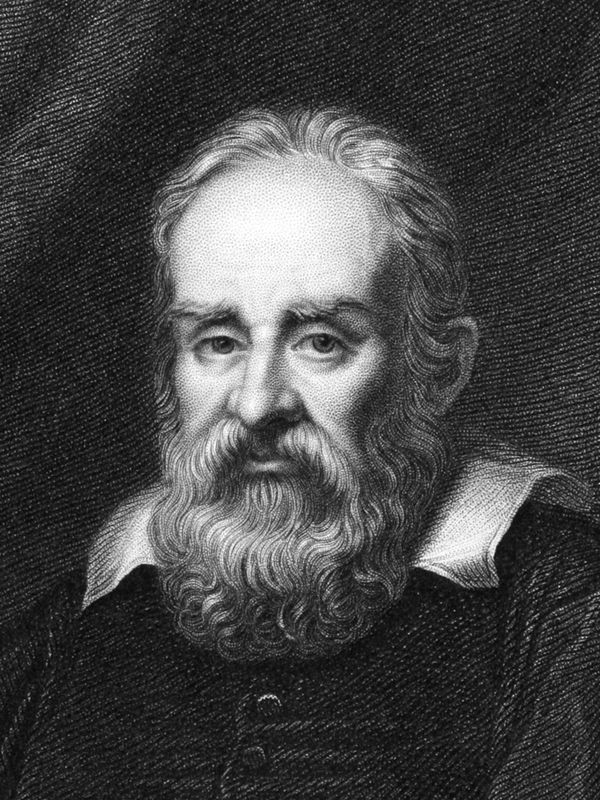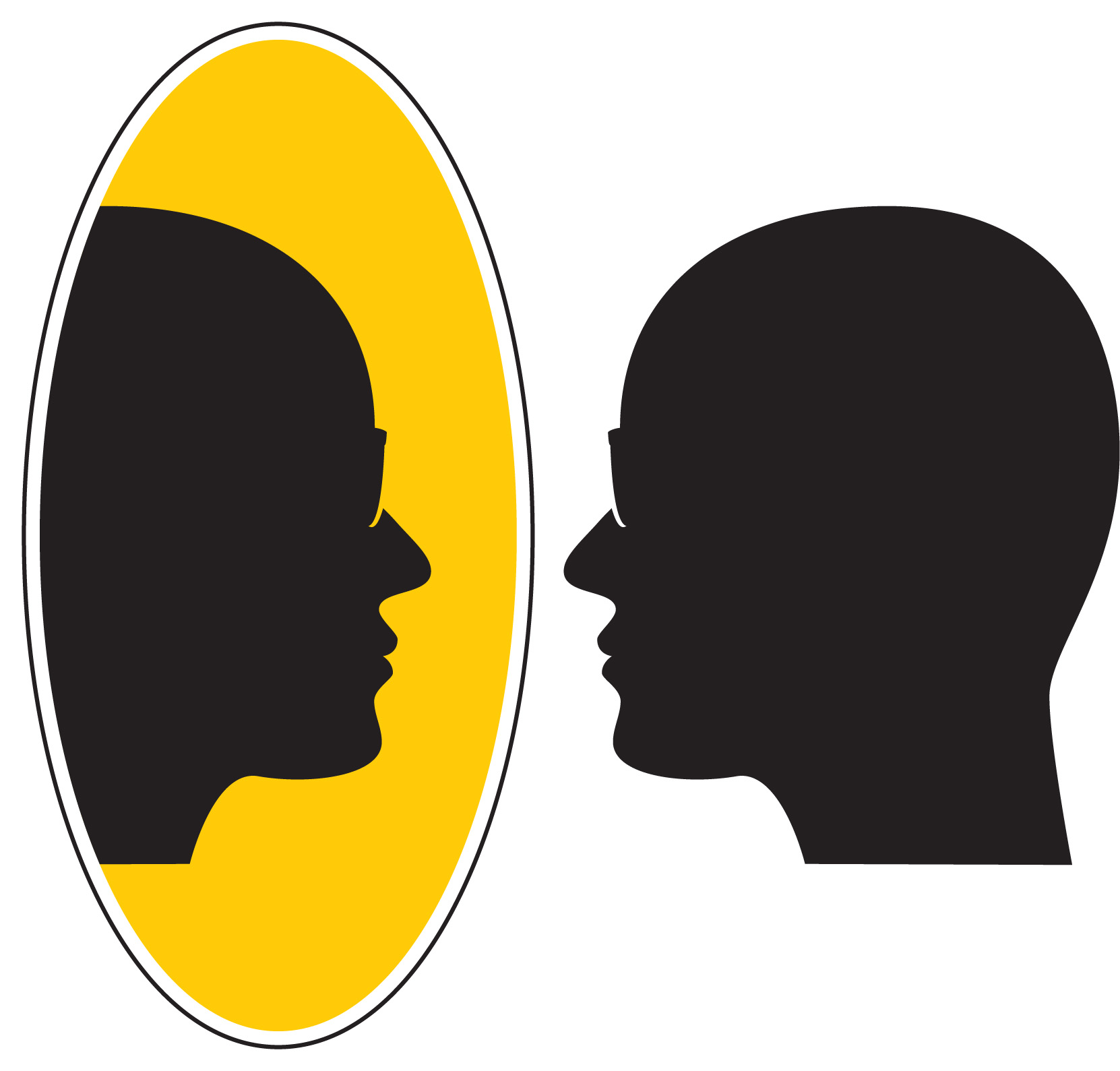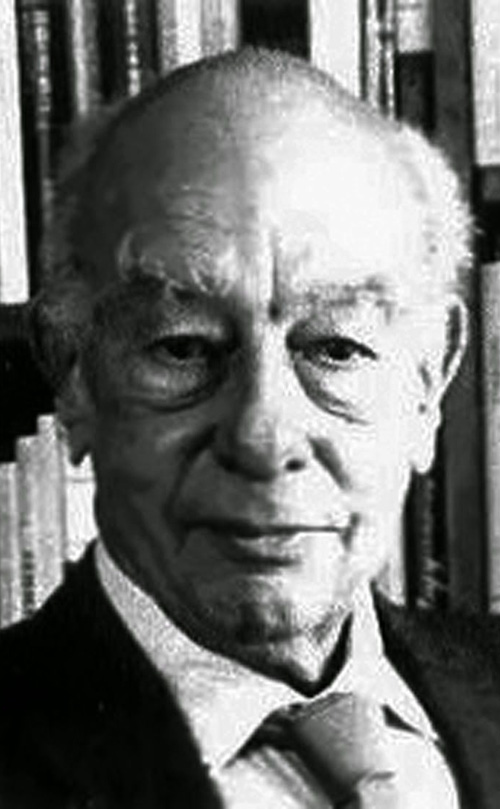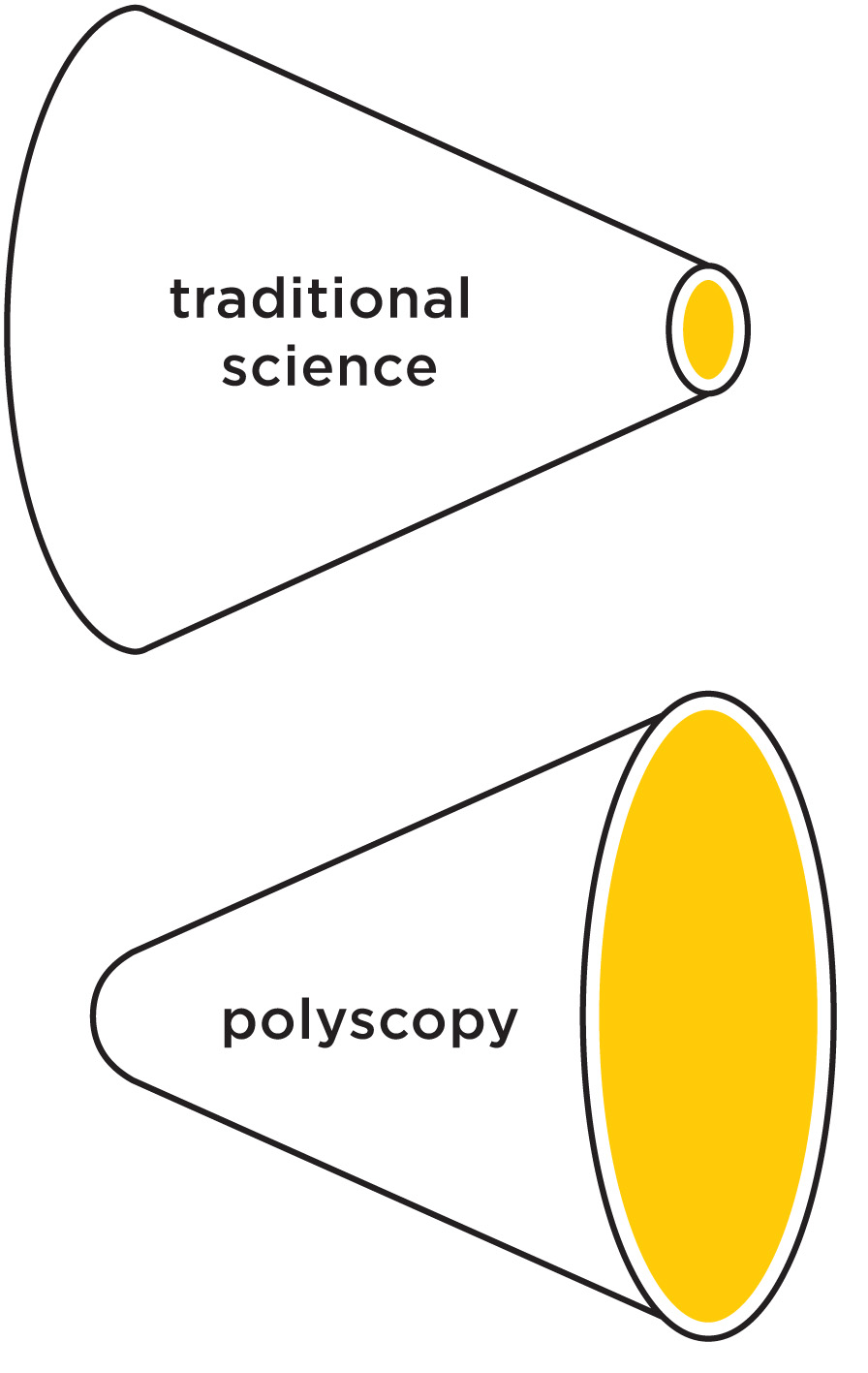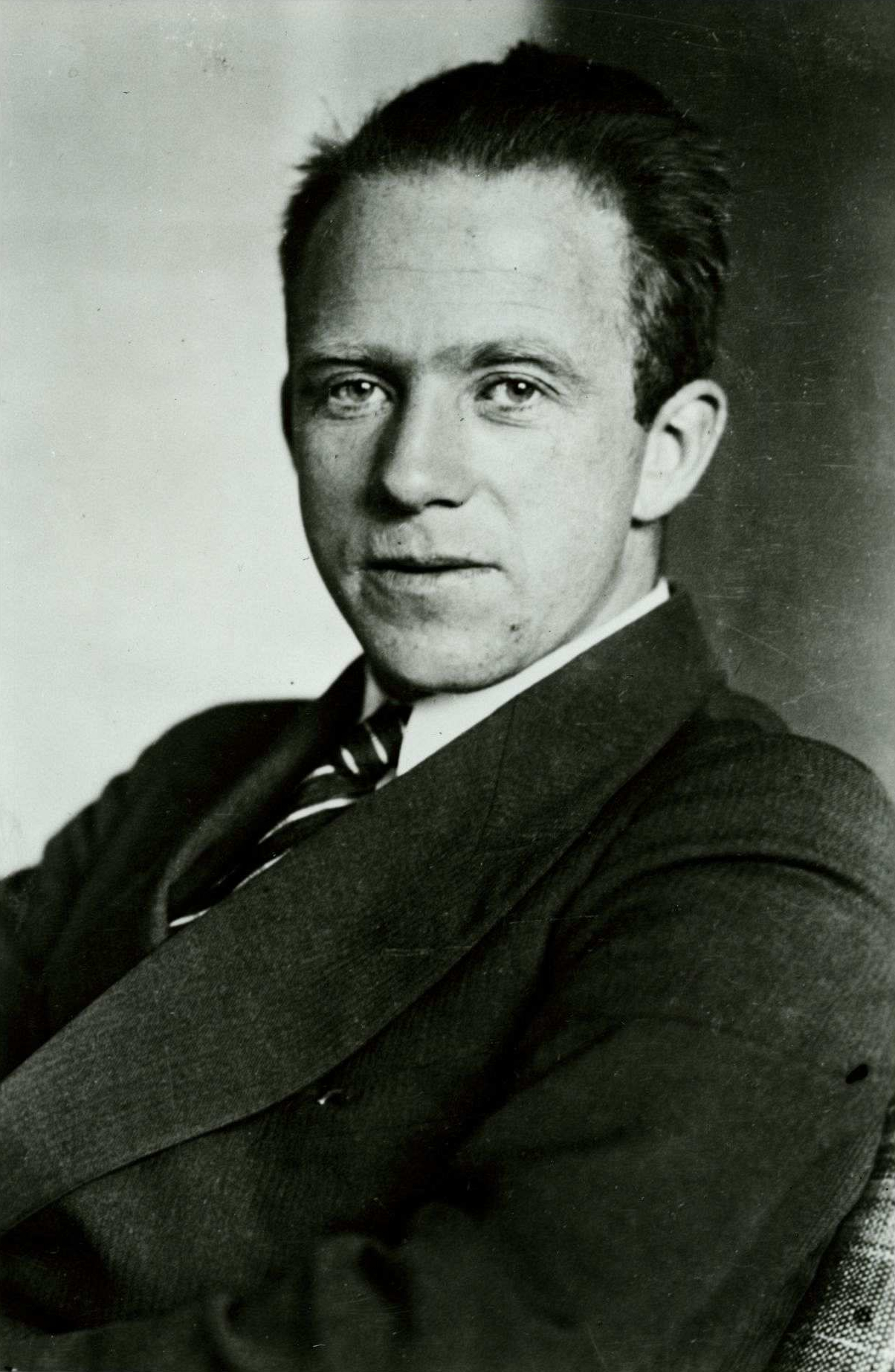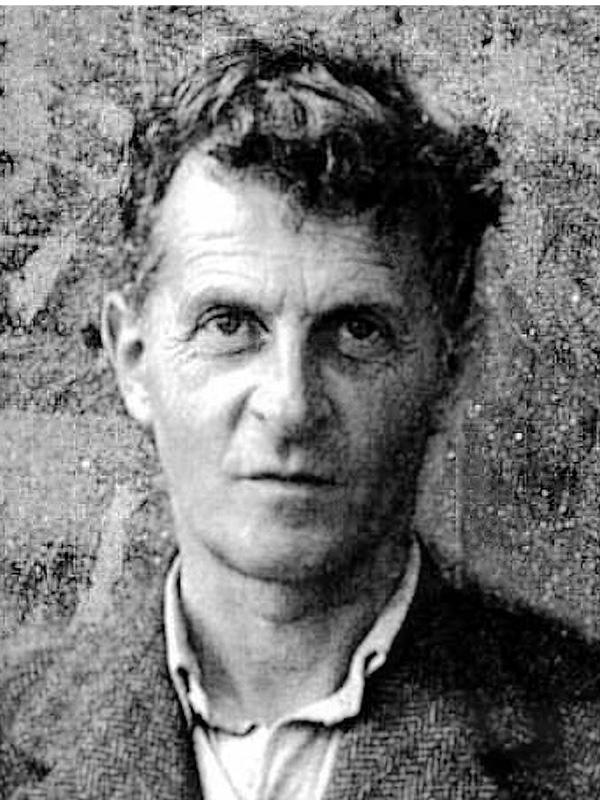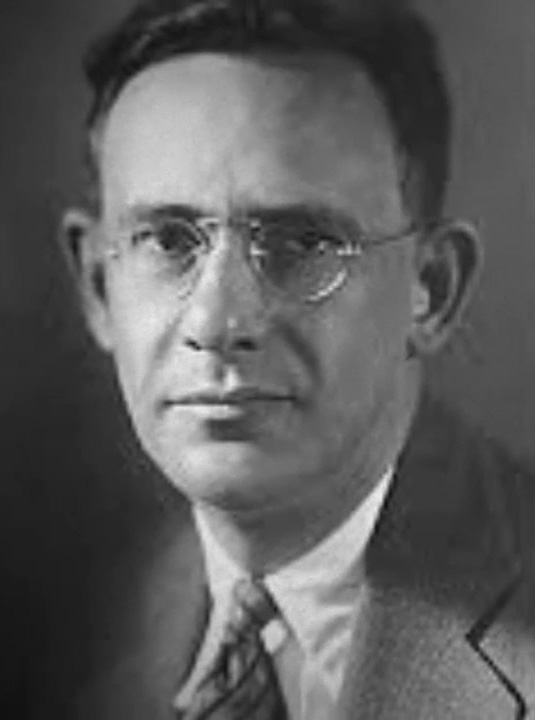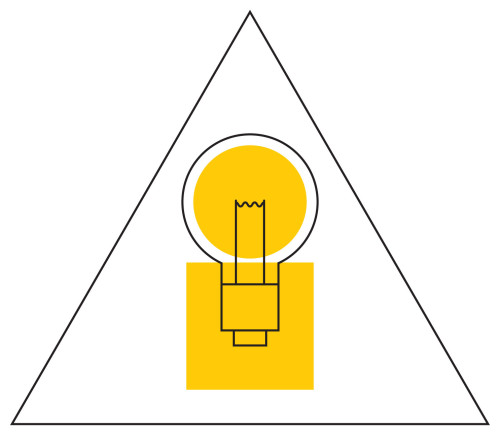Difference between revisions of "IMAGES"
m |
m |
||
| Line 11: | Line 11: | ||
<div class="col-md-3"><h4>– Eppur si muove!</h4></div> | <div class="col-md-3"><h4>– Eppur si muove!</h4></div> | ||
| − | <div class="col-md-6"><p> | + | <div class="col-md-6"><p>To see that the theme we are talking about is not at all "of philosophical interest" (only), think about the world of the Late Middle Ages: never-ending wars, horrifying epidemics, infamous Inquisition trials... Bring to mind the iconic image of Galilei in house prison, a century after Copernicus, whispering "Eppur si muove!" into his beard. The problems of the day were not solved by focusing on those problems, but by a slow and steady development of a whole new approach to knowledge. Several centuries of unprecedented progress followed. Could a similar advent be in store for us today?</p></div> |
<div class="col-md-3 round-images"> [[File:Galilei.jpg]] <br><small><center>[[Galileo Galilei]]</center></small></div> | <div class="col-md-3 round-images"> [[File:Galilei.jpg]] <br><small><center>[[Galileo Galilei]]</center></small></div> | ||
| Line 20: | Line 20: | ||
<div class="row"> | <div class="row"> | ||
<div class="col-md-3"><h4>– On every university campus there is a Mirror. </h4></div> | <div class="col-md-3"><h4>– On every university campus there is a Mirror. </h4></div> | ||
| − | <div class="col-md-5"><p>We use the metaphor of the [[magical mirror]] (or simply "Mirror") to mark the entry point to an emerging academic | + | <div class="col-md-5"><p>We use the metaphor of the [[magical mirror]] (or simply "Mirror") to mark the entry point to an emerging academic reality (and paradigm, and frontier). To understand its meaning, bring to mind that the traditional idea of what constitutes "good" knowledge and knowledge work, as represented by the standards of excellence in the sciences: We are first of <em>disciplined</em> to adhere to the language and the methods of an established discipline (by becoming "philosophy doctors"). Beyond that, we are expected to assume the attitude of impartial, disinterested or "objective" observers. </p> |
| − | <p>The Mirror symbolizes a deep insight, leading to a radical change of | + | <p>The Mirror symbolizes a deep insight, leading to a radical change of self-identity, attitude and values. "When we see ourselves in the Mirror", reads the explanation of this [[ideogram]], we see the same world that we see around us. But we also see ourselves in the world. A profound insight results: We are not the "objective observes" we believed we were, hovering above the world and observing it through the objective of "the scientific method". We are <em>in</em> the world! And we are responsible for it!</p> |
| − | <p>As the case was in the Louis Carroll's story from which this metaphor has been borrowed, one can also walk through the Mirror. And when one does that, one finds himself in an academic reality which is surprisingly often the reverse image of the academic reality we've grown accustomed to | + | <p>As the case was in the Louis Carroll's story from which this metaphor has been borrowed, one can also walk through the Mirror. And when one does that, one finds himself in an academic reality which is surprisingly often the reverse image of the academic reality we've grown accustomed to.</p> |
| − | <p> | + | <p>[[Knowledge federation]] may now be understood as a model or a [[prototype]] of that reality.</p> |
</div> | </div> | ||
<div class="col-md-4"> [[File:Magical_Mirror.jpg]] <br><small><center>Magical Mirror ideogram</center></small></div> | <div class="col-md-4"> [[File:Magical_Mirror.jpg]] <br><small><center>Magical Mirror ideogram</center></small></div> | ||
| Line 35: | Line 35: | ||
<div class="row"> | <div class="row"> | ||
<div class="col-md-3"><h4>– Physical concepts are free creations of the human mind, and are not, however it may seem, uniquely determined by the external world.</h4></div> | <div class="col-md-3"><h4>– Physical concepts are free creations of the human mind, and are not, however it may seem, uniquely determined by the external world.</h4></div> | ||
| − | <div class="col-md-6"><p> | + | <div class="col-md-6"><p>There are far too many [[giants]] on whose shoulders we may stand to see the Mirror. Hence we represent them by a single one, Albert Einstein. On these pages Einstein often appears in the role of an icon for "modern science". "Physical concepts are free creations of the human mind, and are not, however it may seem, uniquely determined by the external world," Einstein and Infeld wrote in Evolution of Physics. "In our endeavor to understand reality we are somewhat like a man trying to understand the mechanism of a closed watch. He sees the face and the moving hands, even hears its ticking, but he has no way of opening the case. If he is ingenious he may form some picture of a mechanism which could be responsible for all the things he observes, but he may never be quite sure his picture is the only one which could explain his observations. He will never be able to compare his picture with the real mechanism and he cannot even imagine the possibility or the meaning of such a comparison."</p> |
| − | <p> | + | <p>So here we have just seen 'modern science' telling us that the "correspondence with reality" is something that is simply impossible to verify! How can it then be used as a criterion for deciding whether something is true or not? And in the following quotation, which is one of our favorites, 'modern science' links the notion of reality with common sources of illusion: "During philosophy’s childhood it was rather generally believed that it is possible to find everything which can be known by means of mere reflection. (...) Someone, indeed, might even raise the question whether, without something of this illusion, anything really great can be achieved in the realm of philosophical thought– but we do not wish to ask this question. This more aristocratic illusion concerning the unlimited penetrative power of thought has as its counterpart the more plebeian illusion of naïve realism, according to which things “are” as they are perceived by us through our senses. This illusion dominates the daily life of men and animals; it is also the point of departure in all the sciences, especially of the natural sciences.” </p> |
| + | |||
| + | <p>If our task is to distinguish what is "really true" from illusion – how can we perform it based on a criterion that is itself based on illusions?</div> | ||
<div class="col-md-3 round-images"> [[File:Einstein.jpg]] <br><small><center>[[Albert Einstein]]</center></small></div> | <div class="col-md-3 round-images"> [[File:Einstein.jpg]] <br><small><center>[[Albert Einstein]]</center></small></div> | ||
| Line 47: | Line 49: | ||
<div class="col-md-3"><h4>– [The] flow from the theoretical to the conventional is an adjunct of progress in the logical foundations of any science. </h4></div> | <div class="col-md-3"><h4>– [The] flow from the theoretical to the conventional is an adjunct of progress in the logical foundations of any science. </h4></div> | ||
| − | <div class="col-md-6"><p>"We are not discovering an objectively true | + | <div class="col-md-6"><p>"We are not discovering an objectively true picture of reality. We are constructing (an approximate representation of) reality". It can easily be shown that variants of this epistemological position, which we are calling the [[constructivist credo|<em>constructivist credo</em>]], were explicitly or implicitly upheld by surprisingly many of the leading 20th century's thinkers. But when the constructivist credo is placed into a system of thought where "truth" means "correspondence with reality" (and hence all statements including this one are supposed to be <em>about</em> reality) – then the logical result is a paradox (the system becomes inconsistent). The practical (and highly unpleasant) consequence is "relativism" – we no longer have an "objective" criterion to distinguish "good" knowledge from not-so-good one...</p> |
<p> A solution however exists – and it reaches us from philosophy. It's what Willard Van Orman Quine called [[truth by convention]]. </p></div> | <p> A solution however exists – and it reaches us from philosophy. It's what Willard Van Orman Quine called [[truth by convention]]. </p></div> | ||
Revision as of 08:15, 23 July 2018
Contents
- 1 Federation Through Images
- 1.1 Not all images are worth one thousand words.
- 1.2 – Eppur si muove!
- 1.3 – On every university campus there is a Mirror.
- 1.4 – Physical concepts are free creations of the human mind, and are not, however it may seem, uniquely determined by the external world.
- 1.5 – [The] flow from the theoretical to the conventional is an adjunct of progress in the logical foundations of any science.
- 1.6 Once we acknowledge as legitimate the view that the scientific language and method have been our own creation, and that they have limited what we are able to see and assert, it becomes legitimate to also create a language and a method that allows us to see and say more.
- 1.7 – [T]he nineteenth century developed an extremely rigid frame for natural science which formed not only science but also the general outlook of great masses of people.
- 1.8 – Whatever we cannot speak of, we need to be silent about (find proper quotation).
- 1.9 – Short Whorf's quotation.
- 1.10 – The mind must be available to attend to any theme that presents itself to it.
- 1.11 Ingress
- 1.12 – Enough of this. Newton, forgive me...
- 1.13 Ingress.
- 1.14 The task of Knowledge Federation is to prototype and evolve a socio-technical 'light bulb'.
Federation Through Images
Not all images are worth one thousand words.
But the ideograms are! They play a similar role in knowledge federation as mathematical formulas do in traditional science. An ideogram can condense a wealth of insights and many pages of text into an image whose message can be recognized at a glance. Recall the Newton's formula, or Einstein's ubiquitous E=mc² – those are already ideograms! But the possibilities behind the ideographic approach are endless and vastly surpass the conventional maths. Those possibilities vastly surpass also what is demonstrated by our illustrations; they are yet to be developed through creative use of new media.
– Eppur si muove!
To see that the theme we are talking about is not at all "of philosophical interest" (only), think about the world of the Late Middle Ages: never-ending wars, horrifying epidemics, infamous Inquisition trials... Bring to mind the iconic image of Galilei in house prison, a century after Copernicus, whispering "Eppur si muove!" into his beard. The problems of the day were not solved by focusing on those problems, but by a slow and steady development of a whole new approach to knowledge. Several centuries of unprecedented progress followed. Could a similar advent be in store for us today?
– On every university campus there is a Mirror.
We use the metaphor of the magical mirror (or simply "Mirror") to mark the entry point to an emerging academic reality (and paradigm, and frontier). To understand its meaning, bring to mind that the traditional idea of what constitutes "good" knowledge and knowledge work, as represented by the standards of excellence in the sciences: We are first of disciplined to adhere to the language and the methods of an established discipline (by becoming "philosophy doctors"). Beyond that, we are expected to assume the attitude of impartial, disinterested or "objective" observers.
The Mirror symbolizes a deep insight, leading to a radical change of self-identity, attitude and values. "When we see ourselves in the Mirror", reads the explanation of this ideogram, we see the same world that we see around us. But we also see ourselves in the world. A profound insight results: We are not the "objective observes" we believed we were, hovering above the world and observing it through the objective of "the scientific method". We are in the world! And we are responsible for it!
As the case was in the Louis Carroll's story from which this metaphor has been borrowed, one can also walk through the Mirror. And when one does that, one finds himself in an academic reality which is surprisingly often the reverse image of the academic reality we've grown accustomed to.
Knowledge federation may now be understood as a model or a prototype of that reality.
– Physical concepts are free creations of the human mind, and are not, however it may seem, uniquely determined by the external world.
There are far too many giants on whose shoulders we may stand to see the Mirror. Hence we represent them by a single one, Albert Einstein. On these pages Einstein often appears in the role of an icon for "modern science". "Physical concepts are free creations of the human mind, and are not, however it may seem, uniquely determined by the external world," Einstein and Infeld wrote in Evolution of Physics. "In our endeavor to understand reality we are somewhat like a man trying to understand the mechanism of a closed watch. He sees the face and the moving hands, even hears its ticking, but he has no way of opening the case. If he is ingenious he may form some picture of a mechanism which could be responsible for all the things he observes, but he may never be quite sure his picture is the only one which could explain his observations. He will never be able to compare his picture with the real mechanism and he cannot even imagine the possibility or the meaning of such a comparison."
So here we have just seen 'modern science' telling us that the "correspondence with reality" is something that is simply impossible to verify! How can it then be used as a criterion for deciding whether something is true or not? And in the following quotation, which is one of our favorites, 'modern science' links the notion of reality with common sources of illusion: "During philosophy’s childhood it was rather generally believed that it is possible to find everything which can be known by means of mere reflection. (...) Someone, indeed, might even raise the question whether, without something of this illusion, anything really great can be achieved in the realm of philosophical thought– but we do not wish to ask this question. This more aristocratic illusion concerning the unlimited penetrative power of thought has as its counterpart the more plebeian illusion of naïve realism, according to which things “are” as they are perceived by us through our senses. This illusion dominates the daily life of men and animals; it is also the point of departure in all the sciences, especially of the natural sciences.”
If our task is to distinguish what is "really true" from illusion – how can we perform it based on a criterion that is itself based on illusions?</div>
</div>
– [The] flow from the theoretical to the conventional is an adjunct of progress in the logical foundations of any science.
Once we acknowledge as legitimate the view that the scientific language and method have been our own creation, and that they have limited what we are able to see and assert, it becomes legitimate to also create a language and a method that allows us to see and say more.
– [T]he nineteenth century developed an extremely rigid frame for natural science which formed not only science but also the general outlook of great masses of people.
– Whatever we cannot speak of, we need to be silent about (find proper quotation).
– Short Whorf's quotation.
– The mind must be available to attend to any theme that presents itself to it.
Ingress.
As a practical message, this image suggests that the ways of creating and sharing information we have inherited will not fulfil some of the purposes we now urgently need to take care of, notably the purpose of orienting our choices, or of 'illuminating the way'. By designing instead of inheriting what we do with information, suggests this image, we can now make the difference between a hazardous ride into the future, and using our technology to take us to places or conditions where we may justifiably wish to be.
</p>The task of Knowledge Federation is to prototype and evolve a socio-technical 'light bulb'.
</p>

